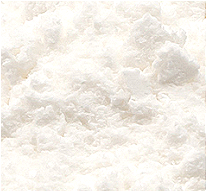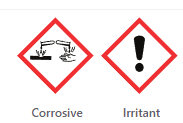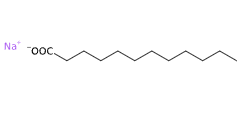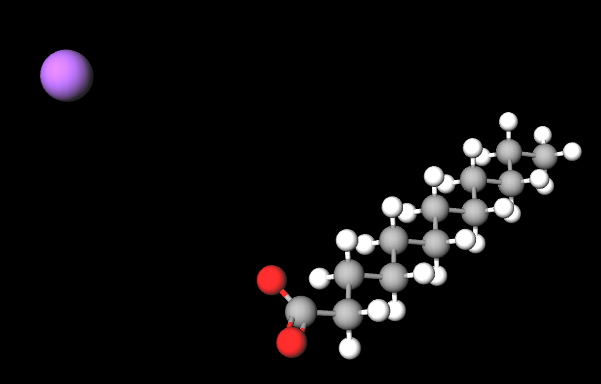Compendium of the most significant studies with reference to properties, intake, effects.
Li, Hui-Yu et al. “Therapeutic Effect and Mechanism of Si-Miao-Yong-An-Tang on Thromboangiitis Obliterans Based on the Urine Metabolomics Approach.” Frontiers in pharmacology vol. 13 827733. 22 Feb. 2022, doi:10.3389/fphar.2022.827733
Abstract. This experiment aims to evaluate the therapeutic effect and mechanism of SMYAT on sodium laurate solution induced thromboangiitis obliterans model rats using urine metabolomics.
Liu H, Zhao J, Pan S, Zhu Y, Fu G, Tang W, Peng F. Shexiang Tongxin dropping pill protects against sodium laurate-induced coronary microcirculatory dysfunction in rats. J Tradit Chin Med. 2021 Feb;41(1):89-97. doi: 10.19852/j.cnki.jtcm.2021.01.011.
Abstract. To investigate the protective effects of Shexiang Tongxin dropping pill (, STDP) in a rat model of coronary microcirculatory dysfunction.
Wang F, Lei S. Permeabilities and Mechanical Properties of Hardened Cement Pastes Modified with Sodium Laurate and Nano Silica. Materials (Basel). 2020 Oct 30;13(21):4867. doi: 10.3390/ma13214867.
Abstract. In this work, a method of imparting hydrophobicity and high strength to hardened cement paste (HCP) is proposed. Sodium laurate (SL) was used as a hydrophobic modifier and nano silica (NS) as a pozzolan.
Wu Y, Li S, Song J, Jiang B, Chen S, Sun H, Li X. Acetylated Distarch Phosphate/Chitosan Films Reinforced with Sodium Laurate-Modified Nano-TiO2 : Effects of Sodium Laurate Concentration. J Food Sci. 2018 Nov;83(11):2819-2826. doi: 10.1111/1750-3841.14354.
Abstract. Nano-titanium dioxide (TiO2 ) was modified with the surfactant sodium laurate (SL) via ultrasonic microwave-assisted technology to improve the dispersion of TiO2 in polymer matrices. As revealed by Fourier transform infrared spectroscopy, X-ray diffraction, and scanning electron microscopy analyses, SL was well adsorbed onto the TiO2 surface through chemical bonding, resulting in SL-modified TiO2 (TiO2 -SLx).
Zhu H, Ding Y, Xu X, Li M, Fang Y, Gao B, Mao H, Tong G, Zhou L, Huang J. Prostaglandin E1 protects coronary microvascular function via the glycogen synthase kinase 3β-mitochondrial permeability transition pore pathway in rat hearts subjected to sodium laurate-induced coronary microembolization. Am J Transl Res. 2017 May 15;9(5):2520-2534.
Abstract. The goal of this study was to determine whether Prostaglandin E1 would protect against coronary microembolization. In a coronary microembolization rat model, we observed microthrombi and early myocardial ischemia, with endothelium appearing exfoliated and mitochondria having irregular morphology and decreased internal complexity.
Zhang Y, Ma XJ, Guo CY, Wang MM, Kou N, Qu H, Mao HM, Shi DZ. Pretreatment with a combination of ligustrazine and berberine improves cardiac function in rats with coronary microembolization. Acta Pharmacol Sin. 2016 Apr;37(4):463-72. doi: 10.1038/aps.2015.147.
Abstract. We have shown that a combination of ligustrazine and berberine produces more effective inhibition on platelet activation and inflammatory reactions in rat acute myocardial infarction compared with either agent alone. In this study we evaluated the beneficial effects of a combination of ligustrazine and berberine in a rat model of coronary microembolization
Dai C, Yan Z, You Q, Du M, Zhao M. Formation of worm-like micelles in mixed N-hexadecyl-N-methylpyrrolidinium bromide-based cationic surfactant and anionic surfactant systems. PLoS One. 2014 Jul 14;9(7):e102539. doi: 10.1371/journal.pone.0102539.
Abstract. Through the descriptive and rheological characterization of worm-like micelles formed by N-hexadecyl-N-methylpyrrolidinium bromide and sodium laurate, the formation and properties of the worm-like micelles were affected by the concentrations of sodium laurate and temperature. Additionally, cryogenic transmission electron microscopy images further validated the formation of worm-like micelles.
![]() Sodium laurate
Sodium laurate 






